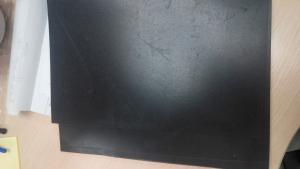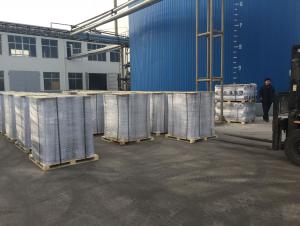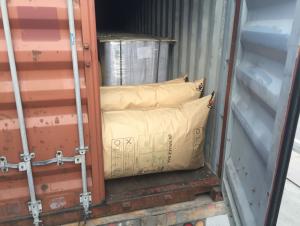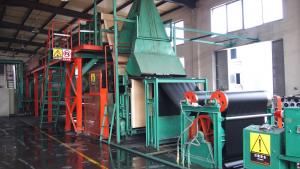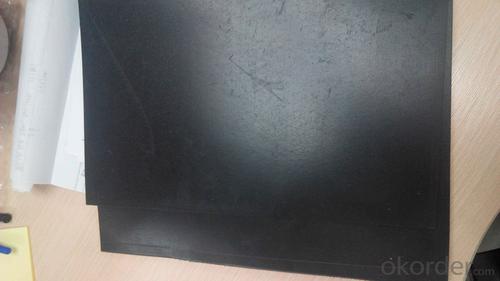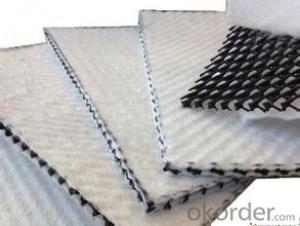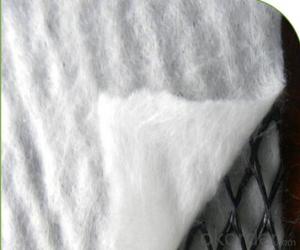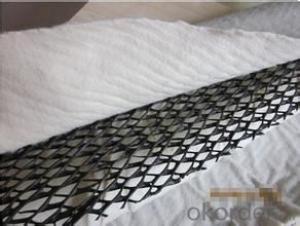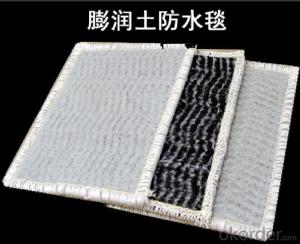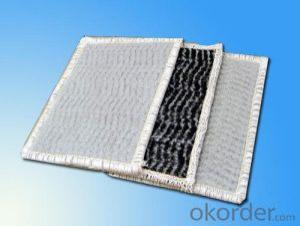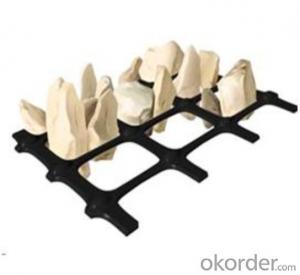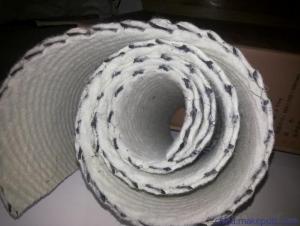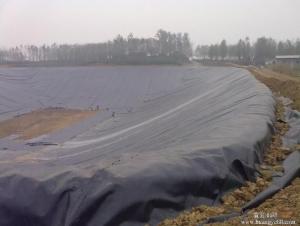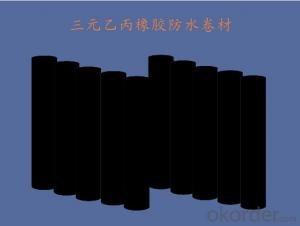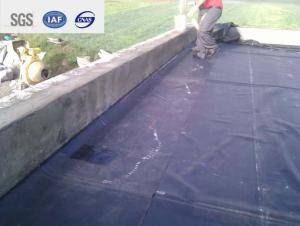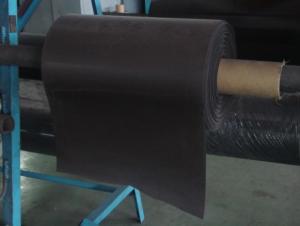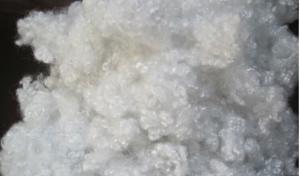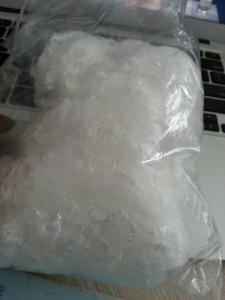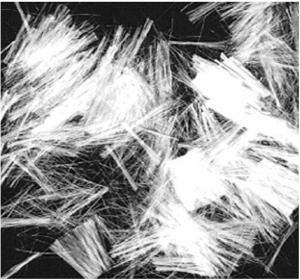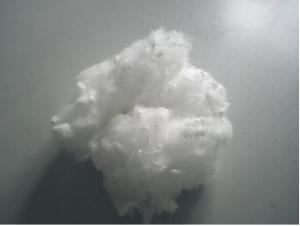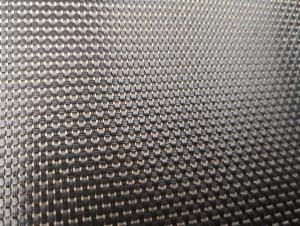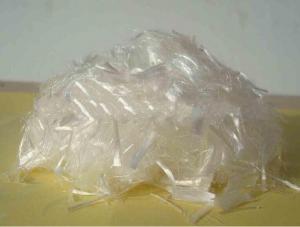EPDM Waterproof Membrane/EPDM Roof Membrane
- Loading Port:
- Qingdao
- Payment Terms:
- TT or LC
- Min Order Qty:
- 1000 m²
- Supply Capability:
- 500000 m²/month
OKorder Service Pledge
OKorder Financial Service
You Might Also Like
Product Introduction of EPDM Waterproof Membrane
EPDM waterproof membrane is of high elasticity with best performance among high polymer waterproof material it’s made of ternary ethylene-pro-pylene rubber.
We owe the world-advanced equipment of cold feeding extrusion and continuous vulcanization technology. With the best performance among high polymer waterproof materials, EPDM is of exceptional elasticity and will not split or cracked under normal building movement.
Specification of EPDM Waterproof Membrane
Type | EPDM Rubber Waterproof Membrane | ||
Type | Vulcanized and Weldable | ||
Thickness | 1.2mm | 1.5mm | 2.0mm |
Weight(kg/m2) | 1.54-1.58 | 1.79-1.83 | 2.25-2.29 |
Size | 1.2m (width) * 20m (length)/roll. Weldable type could be 4m wide. | ||
Packing | 24㎡/roll, with plastic bag. (Weldable: 80㎡/roll) | ||
Usage | Roof, basement, pond, Lake, steel structure roofing, underground, tunnel, etc | ||
Technical Data Sheet of EPDM Waterproof Membrane
NO. | Item | Unit | Technical requirement | |
1 | Tolerance on size | Thickness | % | ±10 |
Width | % | ±1 | ||
length | % | Does not allow negative | ||
2 | Fracture tensile strength (normal temperature ) | Mpa | ≥7.5 | |
Fracture tensile strength(60 ℃) | Mpa | ≥2.3 | ||
3 | Breaking elongation,(normal temperature ) | % | ≥450 | |
Breaking elongation,(-20 ℃) | % | ≥200 | ||
4 | Tearing resistance | KN/m | ≥25 | |
5 | Impermeability | * | 0.3Mpa impermeable | |
6 | Bending at low temperature | °C | ≤-40 | |
7 | Elongation and contraction volume at heating | Elongation | mm | ≤2 |
contraction | mm | ≤4 | ||
8 | Hot air aging 80°CX168h | Fracture strength retention | % | ≥80 |
Rate of elongation at break | % | ≥70 | ||
9 | Alkaline (saturated Ca(OH)2 solution normal Temperature x2 168h ) | Fracture strength retention | % | ≥80 |
Rate of elongation at break | % | ≥80 | ||
10 | Ozone aging (40 degree by 168 hours ) | Elongation 40% , 500x10-2 | * | No Crack |
11 | Phytotron aging | Fracture strength retention | % | ≥80 |
Rate of elongation at break | % | ≥70 | ||
Application of EPDM Waterproof Membrane
1)Roof, Basements, Tunnels
2)Industrial and civil building waterproofing
3)Geosynthetic liner for fish ponds, swimming pools, channels, irrigation system.
Especially suitable for projects with high requirement in durability, anti-corrosion and deformation
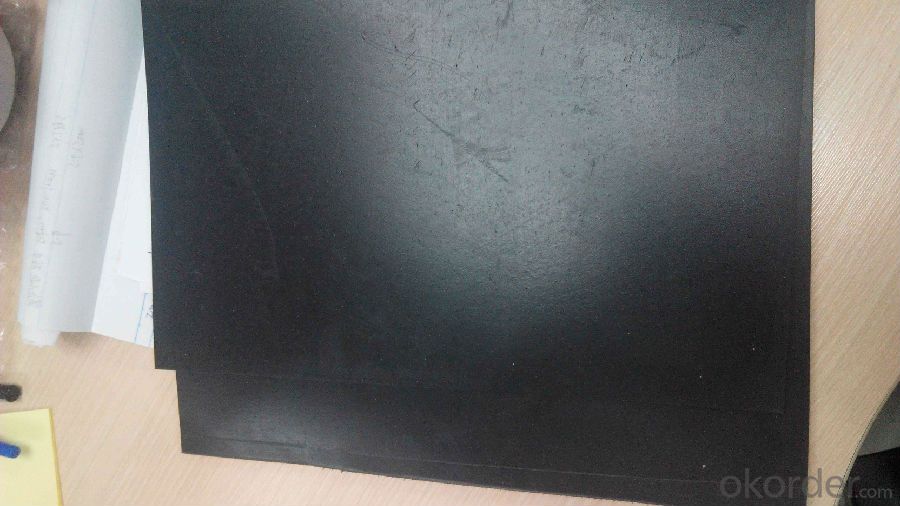
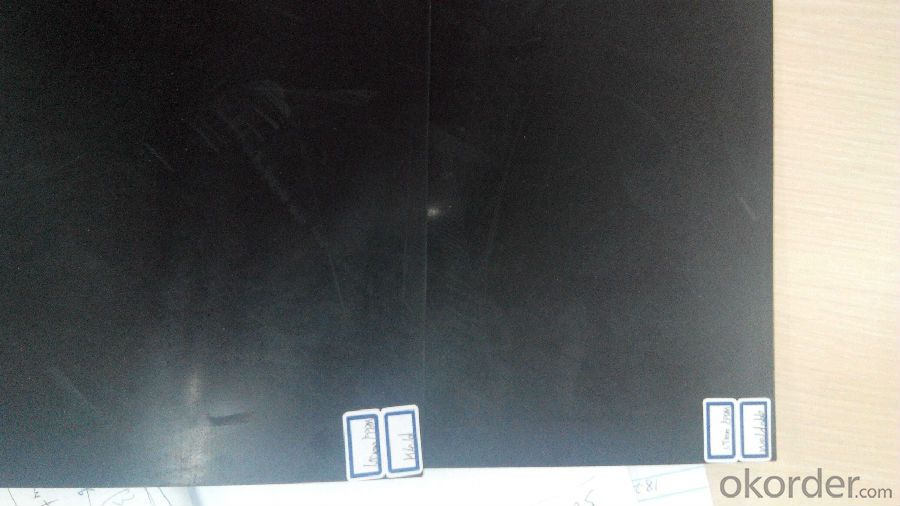
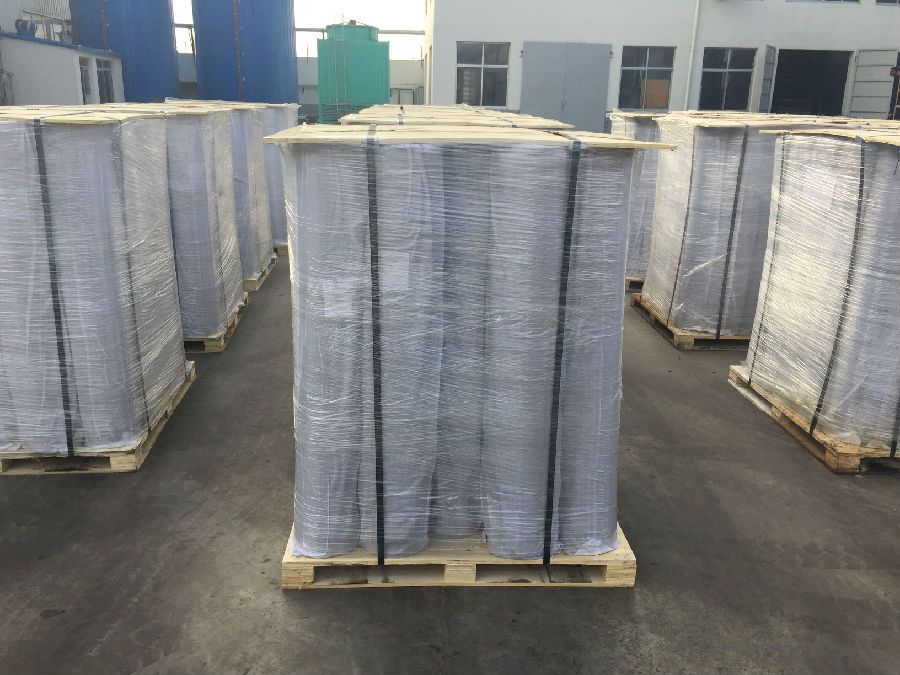
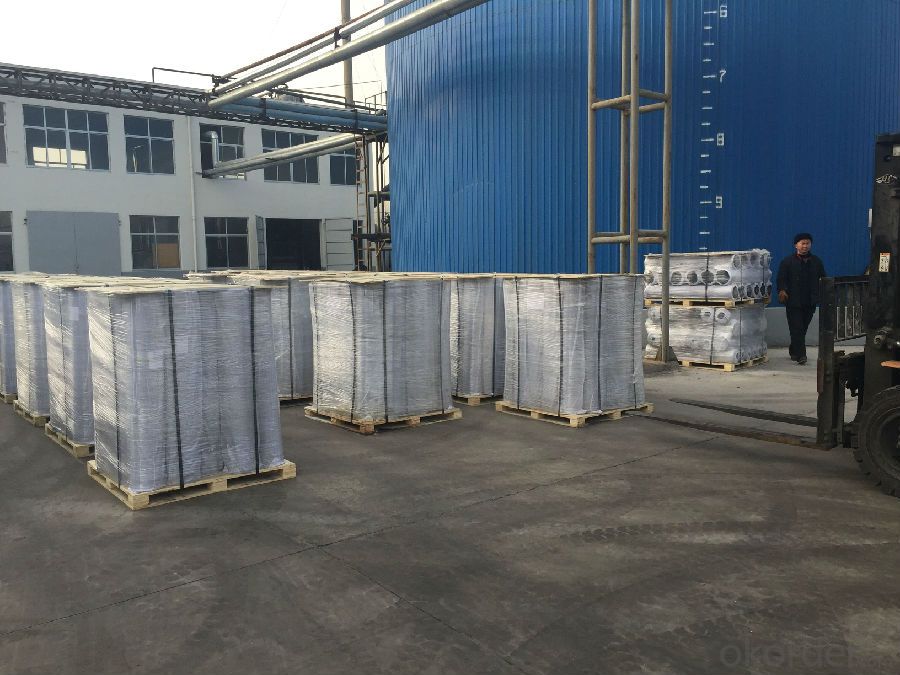
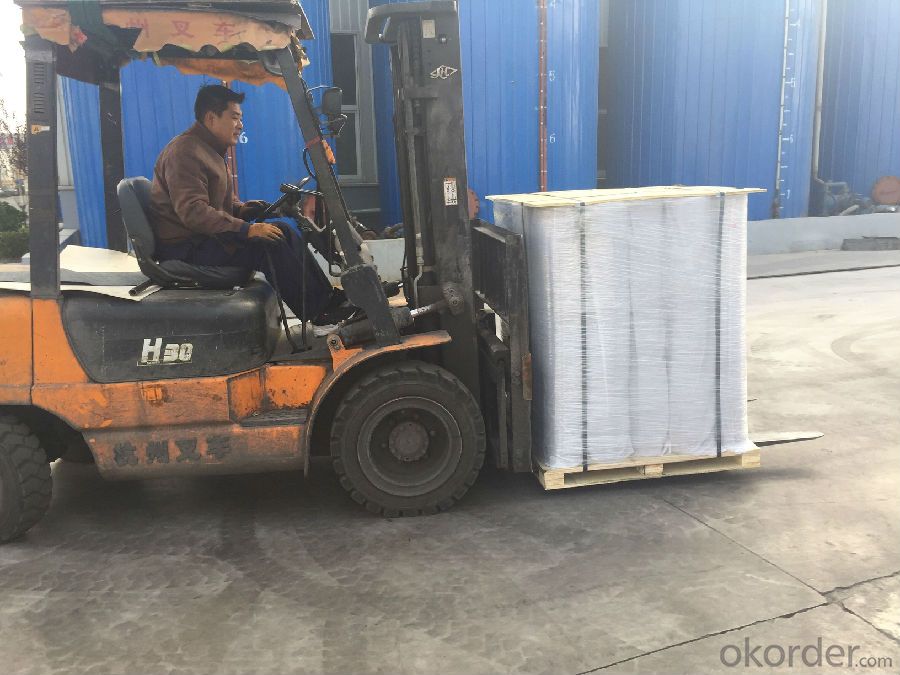
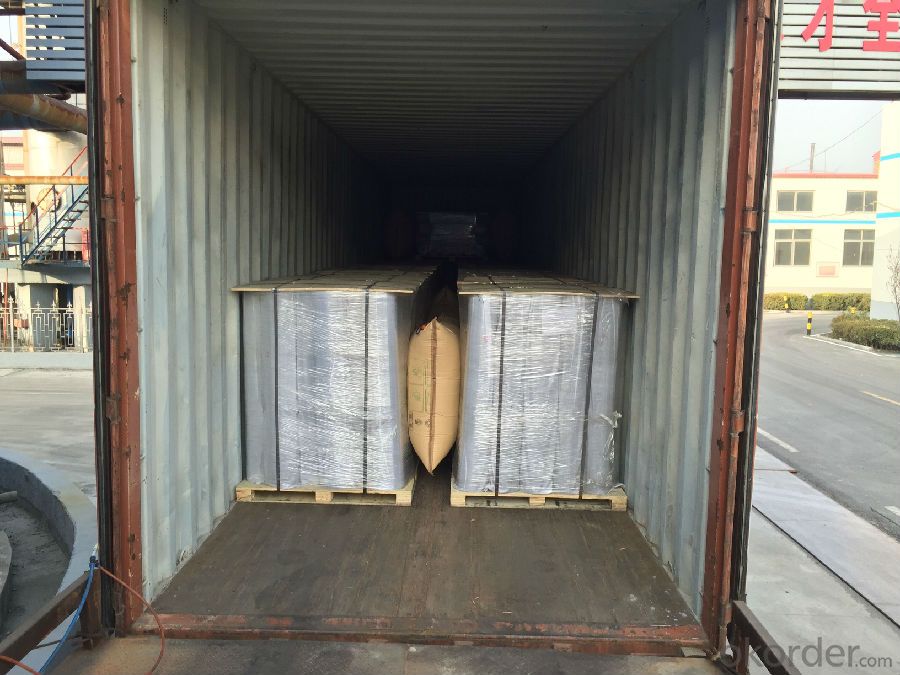
- Q: How do geosynthetic meshes help in soil separation?
- Geosynthetic meshes help in soil separation by creating a barrier between different soil layers, preventing them from mixing and maintaining their individual characteristics. This separation enhances the stability and strength of the soil structure, reduces the risk of erosion, and allows for efficient drainage and filtration.
- Q: How do geosynthetic liners prevent leakage in reservoirs and ponds?
- Geosynthetic liners prevent leakage in reservoirs and ponds by providing a barrier that effectively contains and prevents the seepage of water. These liners are made of materials with low permeability, such as geomembranes, which act as a protective layer to prevent water from seeping into the underlying soil. Additionally, geosynthetic liners are installed with proper anchorage and overlapping techniques to ensure a continuous and watertight barrier, thus effectively preventing leakage and ensuring the integrity of reservoirs and ponds.
- Q: What are the different types of geocells available in the market?
- There are several types of geocells available in the market, including honeycomb geocells, strip geocells, and three-dimensional geocells.
- Q: Are earthwork products suitable for use in mining applications?
- Yes, earthwork products can be suitable for use in mining applications. These products, such as geotextiles, geomembranes, and geosynthetic clay liners, offer various advantages in mining operations. They can provide erosion control, slope stabilization, and drainage solutions. Additionally, they can be used to line and cover mining pits, tailings ponds, and leach pads, helping to contain and manage waste materials effectively. The versatility and durability of earthwork products make them valuable assets in the mining industry.
- Q: Can corrugated metal pipes be used as culverts?
- Yes, corrugated metal pipes can be used as culverts. Corrugated metal pipes are commonly used as culverts due to their durability, strength, and cost-effectiveness. They provide efficient drainage and can withstand heavy loads and harsh environmental conditions, making them a reliable choice for culvert applications.
- Q: How do geosynthetic meshes help in soil reinforcement for roadways?
- Geosynthetic meshes provide soil reinforcement for roadways by distributing the load from traffic and reducing the potential for soil erosion. These meshes act as a barrier, preventing soil particles from migrating and stabilizing the soil structure. They enhance the overall strength and stability of the roadway, increasing its lifespan and reducing maintenance costs. Additionally, geosynthetic meshes can improve drainage and reduce the occurrence of potholes, ensuring a safer and more durable road surface.
- Q: Are earthwork products suitable for shoreline protection?
- Yes, earthwork products can be suitable for shoreline protection. Earthwork products such as geotextiles, geogrids, and geocells are commonly used to stabilize slopes, reinforce soil, and control erosion in shoreline protection projects. These materials help to prevent erosion by providing a stable base and preventing the displacement of soil and sediment along the shoreline. Additionally, earthwork products can enhance the resilience and longevity of shoreline protection structures by improving their strength and stability.
- Q: Can earthwork products be used for erosion control?
- Yes, earthwork products can be used for erosion control.
- Q: How are geosynthetic clay liners used in mining applications?
- Geosynthetic clay liners (GCLs) are used in mining applications as a barrier system to control and contain the movement of liquids and gases in waste containment areas. They are typically installed in the base and walls of mining pits or tailings storage facilities to provide an impermeable layer that prevents the seepage or leakage of harmful substances into the surrounding environment. GCLs offer high hydraulic conductivity and excellent chemical resistance, making them an effective solution for ensuring environmental protection and maintaining the integrity of mining operations.
- Q: The Importance of Civil Engineering Materials in Engineering Construction
- Material to determine the process, according to the material to determine the construction methods, materials on the project cost, perception, quality requirements, engage in earthquake design, fire design, energy saving design and so have a very important impact
Send your message to us
EPDM Waterproof Membrane/EPDM Roof Membrane
- Loading Port:
- Qingdao
- Payment Terms:
- TT or LC
- Min Order Qty:
- 1000 m²
- Supply Capability:
- 500000 m²/month
OKorder Service Pledge
OKorder Financial Service
Similar products
Hot products
Hot Searches
Related keywords
